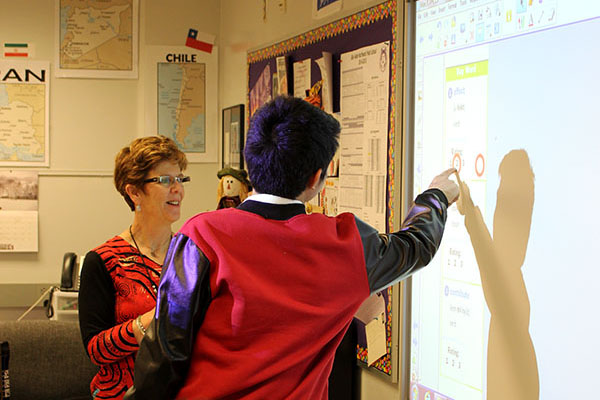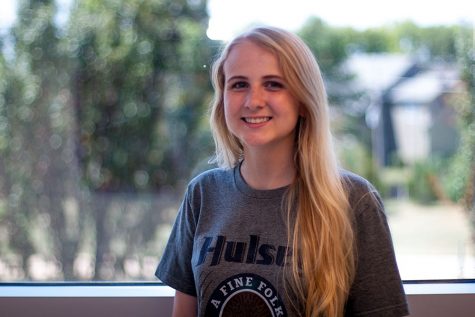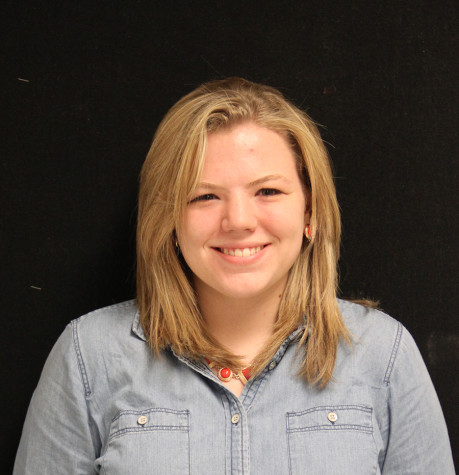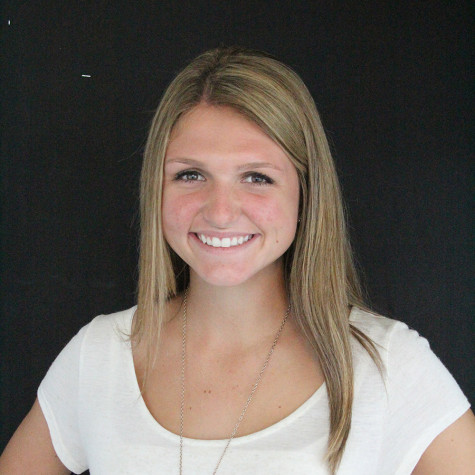Tutoring through a different tongue
February 11, 2015
At BVNW, according to school records, nearly 10 percent of students speak a language other than English in their home. The English for Speakers of Other Languages (ESOL) program has been at BVNW since the school opened in 1993. The program tutors students who struggle with English on varying levels, making it easier for them to learn in English-based classrooms.
Mary Head has been teaching the ESOL program at BVNW for 15 years. She said the program helps students build language skills so they can be independent in their classes, and later in college.
“The peer tutoring program has been very special because [ESOL students] can meet American students one-on-one and build a relationship,” Head said. “And with peer tutors, it opens their eyes to what it’s like to be new in a school and what it’s like to learn another language.”
According to the Department of Education for the state of Maine, the Lau v. Nichols Supreme Court case of 1974 stated that simply providing the same textbook, teachers or curriculum does not mean equal learning opportunities for students who do not speak English. The case required that non-English speaking students be offered alternative options to overcome educational barriers.
Head said any new student that comes into the district completes a home language survey, and if the students’ first language is not English or any other language other than English is spoken in the home, they have to be tested. If the score is low enough, the student qualifies for ESOL services. Peer tutors enroll in the class and the lower-level ESOL students are paired with peer tutors based on skill-level and classes.
“I think both kinds of peer tutoring, [Special Education and ESOL], are excellent opportunities for students to get to know the population in our building,” Head said. “It’s a matter of what our students are interested in. Some of our students are very interested in other cultures.”
The lower-level students who receive peer tutors get aid in their typical context classes. The ESOL student has one peer tutor per class, and the peer tutor will help the student take notes, understand what is being said and aid them in test taking.
“Teachers sometimes go off on [tangents], but [ESOL students] can’t distinguish those little stories from what they’re actually supposed to learn in class,” Head said. “Peer tutors not only help them know what to write down, but might write it down for them. On test days, peer tutors take them to the library and may read the test of them or rephrase sentence structure.”
Senior Serenity Heu is currently in her second semester as a peer tutor. She said she got involved after being inspired by a friend of hers who was in the program last year. This semester she is working with junior Paul Singhaphan, a student from Thailand.
“I just like making a relationship with them,” Heu said. “It’s cute to see them all happy when they see you. It’s nice to see them get used to you, so they start talking to you more often.”
According to Heu, it can be a challenge when some of the students do not know some basic, simple words and the peer tutor has to make it even simpler than it already is.
“[Peer tutoring] taught me patience,” Heu said. “[The ESOL students] don’t understand [English], so I can’t get frustrated. Sometimes the students don’t understand you and they think, since [you’re] a peer tutor, [you] can do everything.”
Despite the challenges that can go along with peer tutoring, Head said it is a good opportunity for students who are interested in other cultures, or would like to relate to ESOL kids and try to appreciate what they are experiencing.
“I’ve learned to have a great deal of respect for what they have to go through,” Head said. “It can be humbling for me to see what they have to overcome and how hard they work.”





